Get PeakVisor App
Sign In
Search by GPS coordinates
- Latitude
- ° ' ''
- Longitude
- ° ' ''
- Units of Length

Yes
Cancel
Share ×

Scan the QR code and open PeakVisor on your phone
❤ Wishlist ×
Choose
Delete
Saudi Arabia, officially the Kingdom of Saudi Arabia (المملكة العربية السعودية), is the largest country in the Arabian Peninsula of West Asia, in an area commonly referred to as the "Middle East." Widespread investment into infrastructure and increased focus on tourism has made Saudi Arabia somewhat of an adventure destination for hikers. There are 7790 named mountains in Saudi Arabia. Jabal Sawda (3,000 m / 9,842 ft) is the highest summit, while the most prominent mountain is Jabal Jār (2,275 m / 7,464 ft).
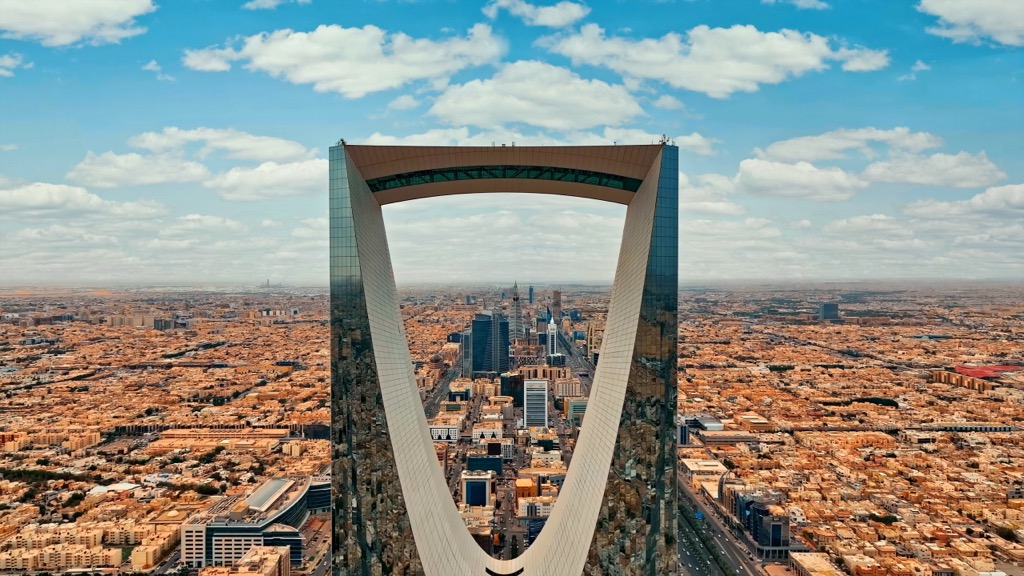
Saudi Arabia covers an area of approximately 2,149,690 sq km (830,000 sq mi) and is the world's 12th largest country. Saudi Arabia is one of the westernmost countries of the Asian continent and is bordered by seven states: Jordan, Iraq, and Kuwait to the north, Qatar and the United Arab Emirates to the east, Yemen to the south, and Oman to the southeast.
Saudi Arabia is the largest country globally that features no permanent rivers and lakes. Two seas border Saudi Arabia: the Red Sea to the west and the Persian Gulf, an extension of the Indian Ocean, to the west.
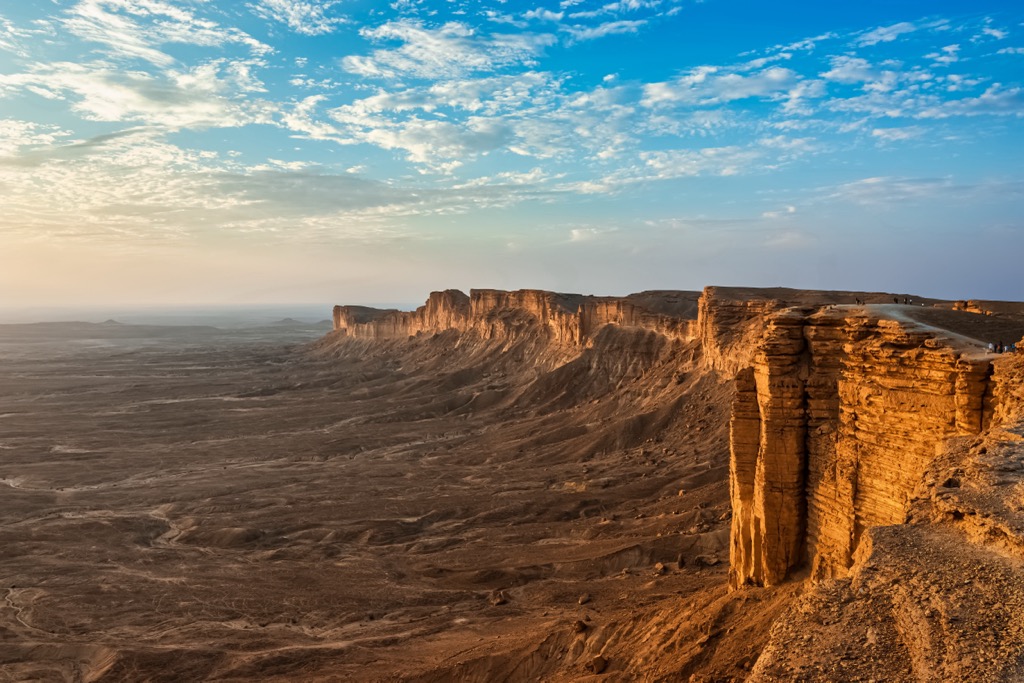
Saudi Arabia is an extremely arid country dominated by the Arabian Desert, which covers over 90% of its total area. It has 15 protected areas and several notable national parks, including Asir National Park, Saiysad National Park, and Al Kharrarah National Park.

Hejaz is Saudi Arabia's westernmost region, separated from the Red Sea by the Tihāmah coastal plains. It's Saudi Arabia's most heavily populated area, home to 35% of its population.
Hejaz covers most of the Tabuk, Medina (Al Madinah), Mecca (Makkah), and Al-Bahah provinces. The “cradle of Islam,” Hejaz is home to the sacred cities of Mecca and Medina. Other major cities in Hejaz include Jeddah, Tabuk, and Yanbu.
Hejaz is arid, composed primarily of dark volcanic sand due to its position on the Red Sea Rift. One of Hejaz's most interesting geographical features is the Hijaz Mountains, a long mountain range along the Red Sea's eastern coastline.
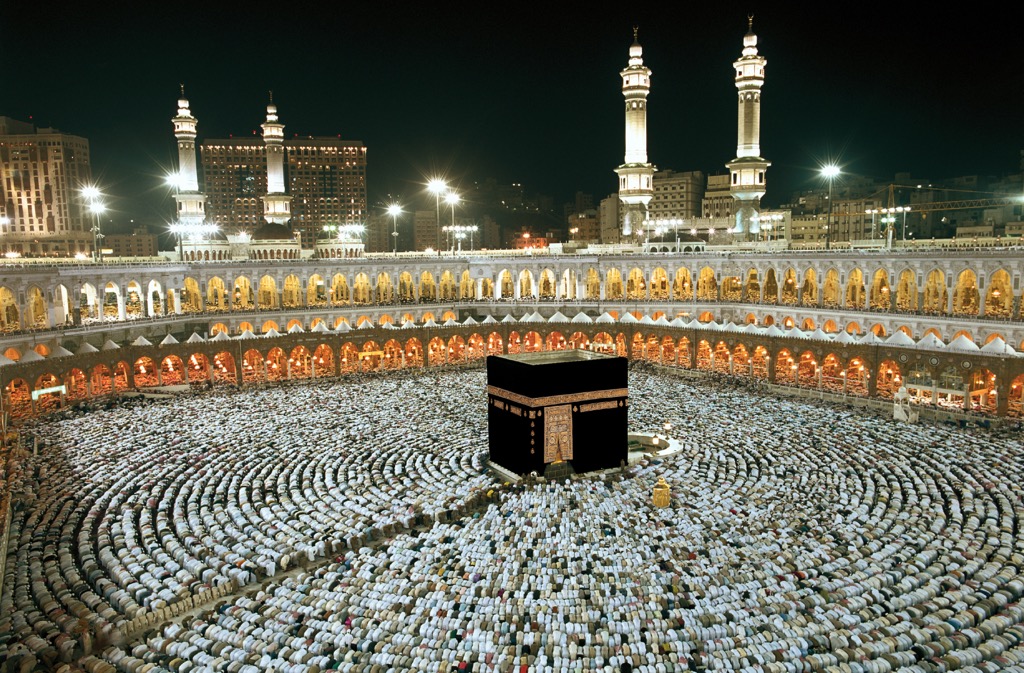
The Midian Mountains and the Sarawat Mountains, which sit at the north and south ends of the Hejaz Mountains, are contiguous and often considered part of the same range. Snow is relatively common in the highest altitudes of the Midian Mountains of Tabuk.
To the south of Hejaz is the 'Asir and Jizan regions. 'Asir is located on a high plateau, with the 'Asir Mountains and Souda Mountains containing many of Saudi Arabia's highest summits, including Jabal Sawda. Jizan, the second-smallest Saudi province, contains over 100 islands, including the nationally protected Farasan Islands.
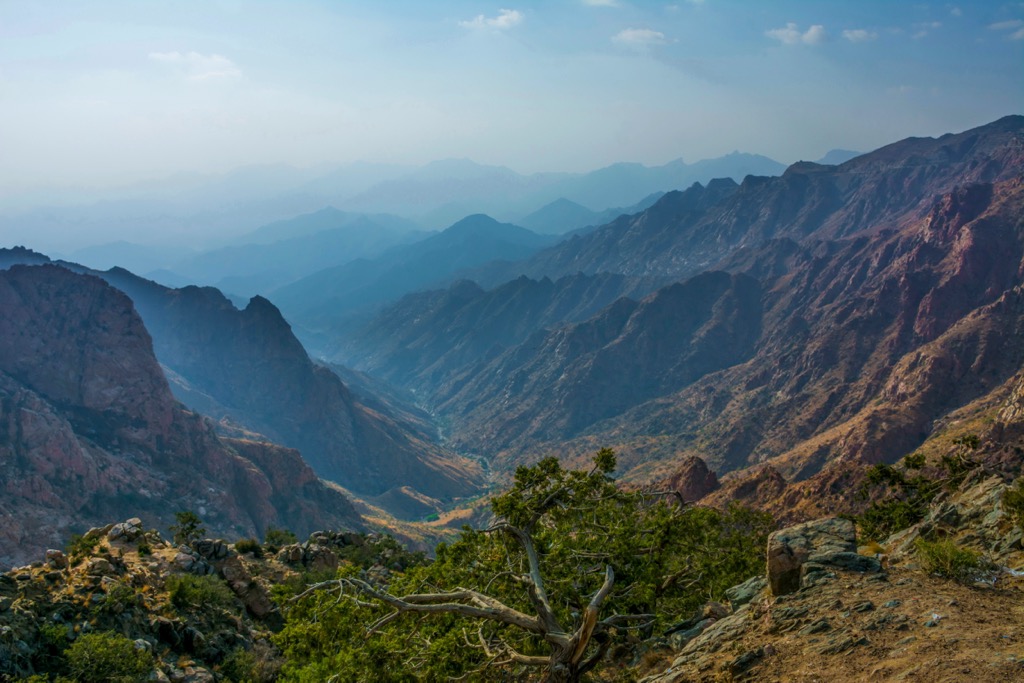
The Eastern Province is the largest of Saudi Arabia's 13 provinces, covering an area of approximately 672,522 sq km (259,662 sq mi). It's also the fourth-most populated, accounting for roughly 15% of Saudi Arabia's population.
As its name suggests, the Eastern Province encompasses the entire eastern side of Saudi Arabia. The vast majority of the Eastern Province is desert, with the landscape dominated by the Rub' al Khali, Dahna, and Nafud deserts. The Rub' al Khali, meaning the "Empty Quarter," constitutes around half of the Eastern Province.
The capital and largest city in the Eastern Province is Dammam, with a population of over 1.5 million people.

Najd is Saudi Arabia's central region and includes the provinces of Riyadh, Al-Qassim, and Ha'il. It's home to roughly 33% of Saudi Arabia's population and its capital, Riyadh.
Meaning "uplands”' in Arabic, Najd is a plateau between 762 m and 1,525 m (2,500 to 5,003 ft) in elevation that slopes downwards from west to east. Much of Najd is sparsely populated, with oases to the east frequented by Bedouin nomadic tribes.
Najd's most famous geographical features include the Aja and Salma mountains in the region's north near Ha'il. These aren't the only significant mountains in the Najd, with Jabal Shammar and the Tuwaiq Mountains running up Najd's spine.
One of Saudi Arabia's largest deserts, the 103,600 sq km (40,000 sq mi) Al Nufud Al Kabir, is located in northern Najd.
Despite a lack of permanent rivers, Najd features several important wadis (dry river beds), namely the Wadi Hanifa, Wadi ad-Dawasir, Wadi Al-Rumah, and Wadi Na'am.

Saudi Arabia can be split into two distinct geological areas. The oldest rocks are Precambrian, dating back around 3 billion years. These rocks are located in the country’s west, forming the Arabian Shield, which flanks the Red Sea.
The Arabian Shield is at the edge of the Arabian Plate and is part of an orogenic belt that formed between 850 and 550 million years ago. Located at the northern end of the East African Orogen, the Arabian Shield is composed primarily of metamorphic and deformed rocks created by the convergence of East and West Gondwana.
Saudi Arabia's western Hejaz region is famous for its igneous landscape, with around 2,000 dormant volcanoes scattered across the countryside. The world's most extensive alkali basalt landscape, at 180,000 sq km (69,000 sq mi), is in Hejaz.

Neoproterozoic rocks, dating back 1,000 to 540 million years, underlay around 68% of Saudi Arabia. These rocks are sedimentary, formed by residue from the Tethys Sea.
The Neoproterozoic sedimentary sequence becomes thicker in the east, reaching up to 7,000 m (22,965 ft) in the Arabian Gulf and the Rub' al Khali. The oldest rocks in the sequence are mainly sandstones and shales, while younger rocks from the Mesozoic to Cenozoic are limestone and shale with layers of basalt.
The sedimentary layer covers one of the world's largest hydrocarbon deposits and reservoirs. Saudi Arabia has the second-largest oil reserves globally after Venezuela, with 16.2% of the world share. Rarely in history has a country's wealth been based solely on a single resource, as in the case of Saudi Arabia.
There are several notable mountain ranges in Saudi Arabia, especially along the western flank and the central Najd region. Famous mountains include Jabal al-Lawz (2,580 m / 8,465 ft), Jabal Uhud (1,077 m / 3,533 ft), and Jabal Al-Nour (642 m / 2,106 ft).
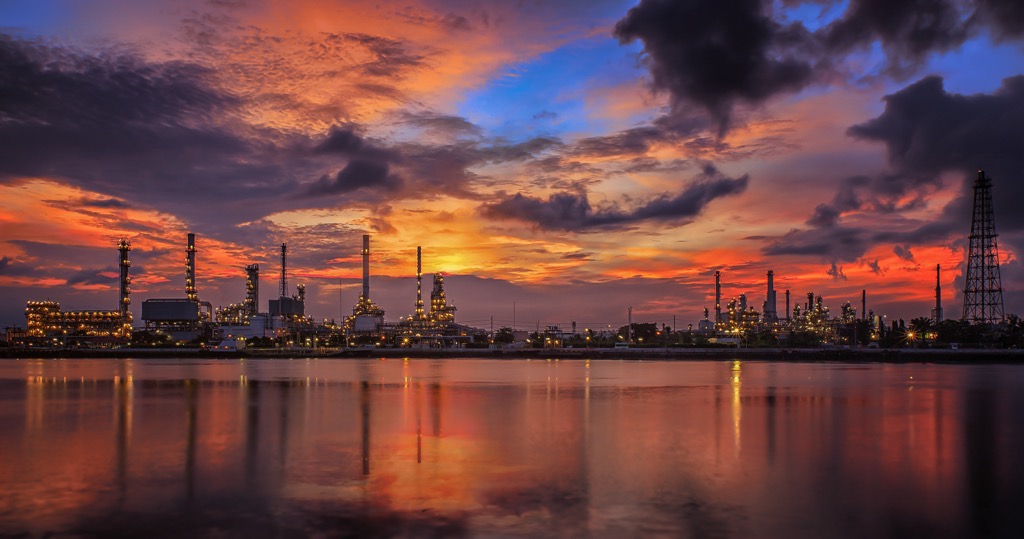
Despite its searing temperatures and desert landscape, Saudi Arabia is home to an array of adapted and resilient fauna and flora.
Many large mammal species inhabit the deserts and mountains of Saudi Arabia, including Arabian camels, Arabian wolves, Arabian tahrs, and caracals. Smaller mammals native to Saudi Arabia include desert hedgehogs, sand cats, cape hares, and rock hyraxes.
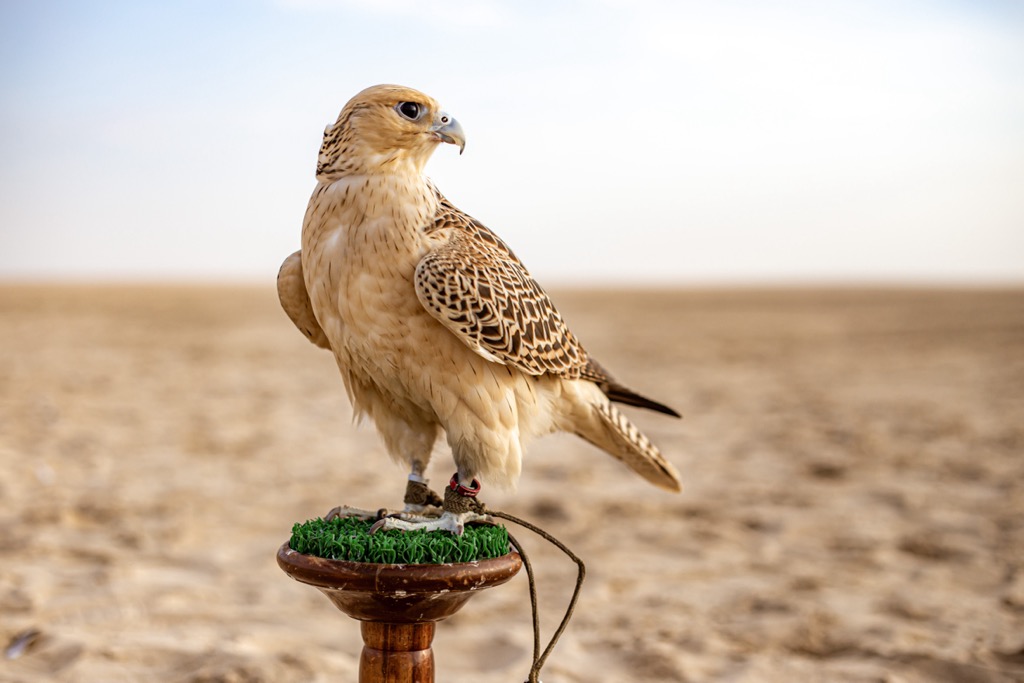
The Arabian oryx, hunted to extinction in the wild in the 1970s, has been successfully reintroduced into the Mahazat as-Sayd Protected Area. The critically endangered Arabian leopard is one of the most famous residences of the 'Asir Mountains. There are estimated to be less than 200 individuals left in the wild.

Surprisingly, Saudi Arabia is also home to monkeys. Hamadryas baboons, which sometimes travel in packs numbering over 100, are native to the 'Asir Mountains and can be found in large populations near the cities of Taif and Abha.
Most of Saudi Arabia's bird species live in coastal areas or high in the mountains, where hunting and foraging are easier. Various species of pelican, eagle, gull, quail, and sandgrouse inhabit coastal areas.
High in the 'Asir Mountains, it's possible to spot Barbary falcons, Verreaux's eagle, and griffon falcons. Further inland, MacQueen's bustards are known to live in shrublands, while African paradise flycatchers, Yemen warblers, and Yemen linnets thrive in juniper woodlands. The Arabian Falcon is the national bird of Saudi Arabia.
Many reptile species in Saudi Arabia take advantage of the Arabian Peninsula's unrelenting sunshine. It's home to 55 snake species, including several venomous species, like Indian saw-scaled vipers, Arabian cobras, and common vipers.
Insects aren't documented as well as mammals in Saudi Arabia, but there are many species of scorpion, ant, and wasp you'll want to admire from a distance. Deathstalker scorpions, Arabian fat-tailed scorpions, and Samsun ants are a few examples of potentially dangerous insects in Saudi Arabia.
There are around 3,500 plant species in Saudi Arabia, 1,000 of which can grow in the 'Asir Mountains due to its wetter climate. Very few tree species grow in Saudi Arabia; however, date palms are widespread. Most plants in Saudi Arabia are dwarf shrubs or require very little water.

Most plant life grows in Wadis and Mediterranean depressions, which receive seasonal rainfall. Some perennial plants grow in these depressions and reproduce within a few weeks during the wettest season before lying dormant the rest of the year.
Some parts of Saudi Arabia are almost completely devoid of plant life. The Rub' al Khali is known as the "Empty Quarter" — only 37 species have ever been recorded here, and half grow only around the edge of this unforgiving desert.
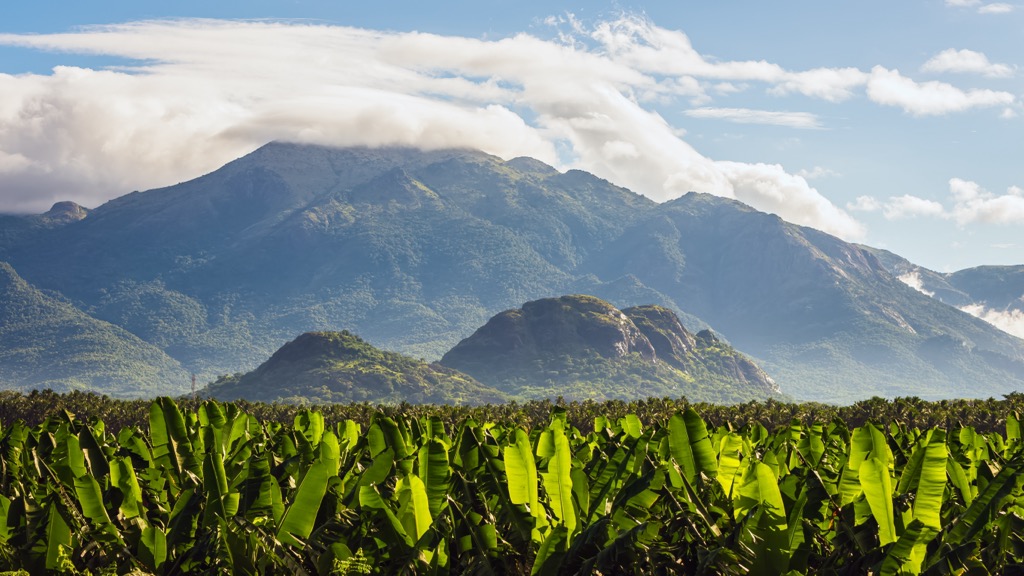
As mentioned, the 'Asir Mountains offer the most diverse flora in Saudi Arabia, sharing some species with East Africa. At high elevations, it's possible to find cloud forests and montane woodlands with abundant lichen, junipers, and flowering plants. Lower down below 2,000 m (6,561 ft), succulents, acacias, and Grewias, carpet the landscape.
Rhanterium epapposum, known locally as arfaj, is the national flower of Saudi Arabia. It's a flowering desert shrub and one of the primary food sources for desert-dwelling camels and sheep.
The earliest concrete evidence of human habitation in Saudi Arabia dates back around 63,000 years. However, tools and fossils found in northwestern Saudi Arabia suggest humans may have migrated through or temporarily settled the region as early as 500,000 years ago.
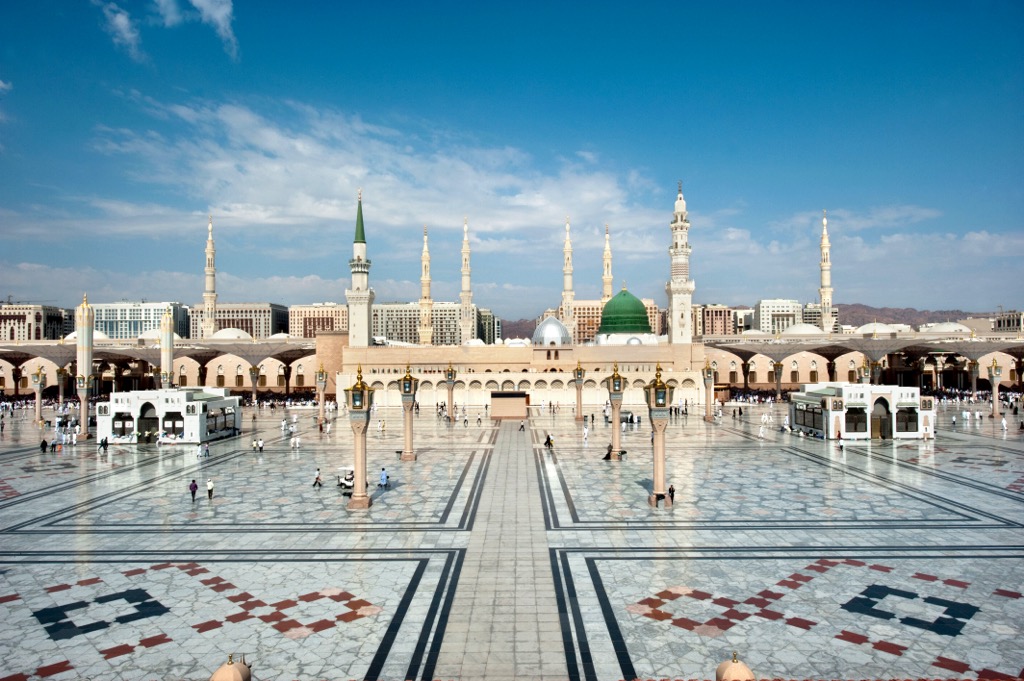
Saudi Arabia is renowned for being the cradle of Islam, the world's second-largest religion. In 570 CE, the Islamic prophet Muhammad was born in Mecca, and in the 7th century, he united the tribes of Arabia under a single religion.
Following his death in 632, Abu Bakr, leader of the first caliphate, started the rapid expansion of the Islamic world under what is now called the early Islamic conquests.
By the end of the 7th century, Muslim armies had defeated the Byzantine Empire and the Persian Empire, with Islam spreading from Pakistan to Portugal. Four successive dynasties following the death of Muhammad had far-reaching caliphates across Asia, Africa, and Europe: the Rashidun, Umayyad, Abbasid, and Fatimid.
The Abbasid caliphate was the longest, lasting from 750 to 1517. The Umayyad was especially far-reaching, controlling some of the Iberian Peninsula and parts of modern-day Pakistan, Afghanistan, and Turkmenistan.
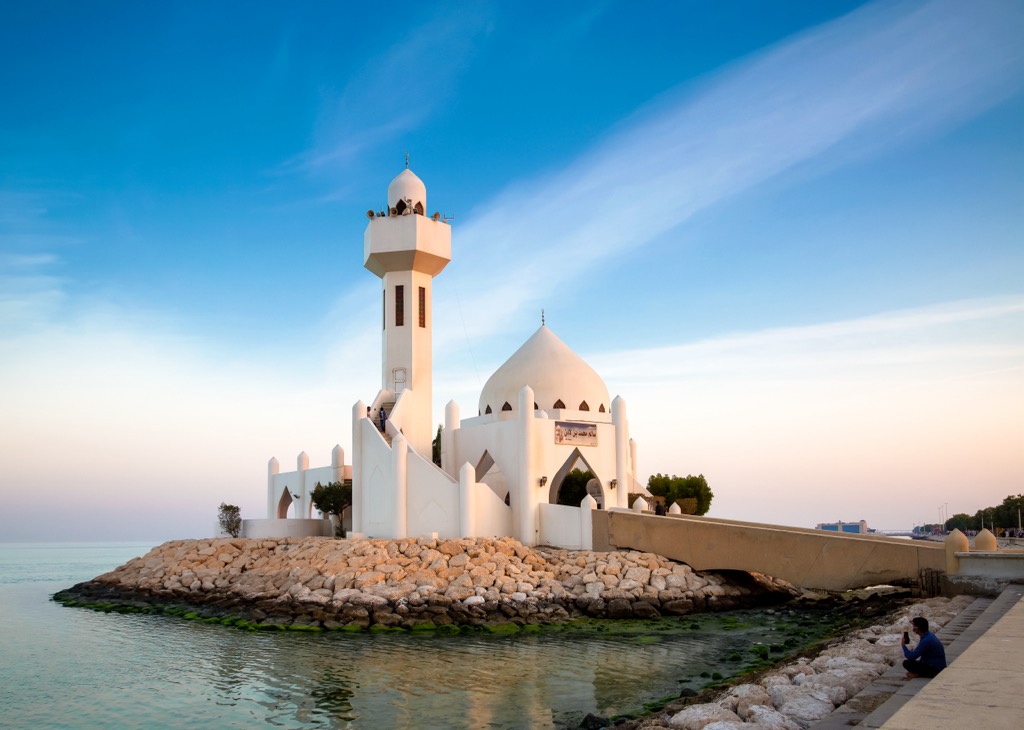
From 1517 to 1918, the Ottoman Empire had varying degrees of control over Saudi Arabia.
In the mid-18th century, the emergence of the Al Saud dynasty led to the founding of the first Saudi state around Riyadh.
An alliance between Muhammad bin Saud, the Al Saud dynasty founder, and Islamic scholar Muhammad ibn Abd al-Wahhab remains the basis of dynastic rule and ideology in Saudi Arabia.
By 1802, the Saudis controlled the whole of northern and southern Najd, Medina, Taif, and Al-Hasa. But the state was eventually destroyed by the Ottomans in 1818. A second smaller Saudi state was founded in 1824.
The interior of what was to become modern Saudi Arabia was contested between the Al Saud and another Saudi ruling family, the Al Rashid. In 1891, Al Rashid forced Al Saud into exile.
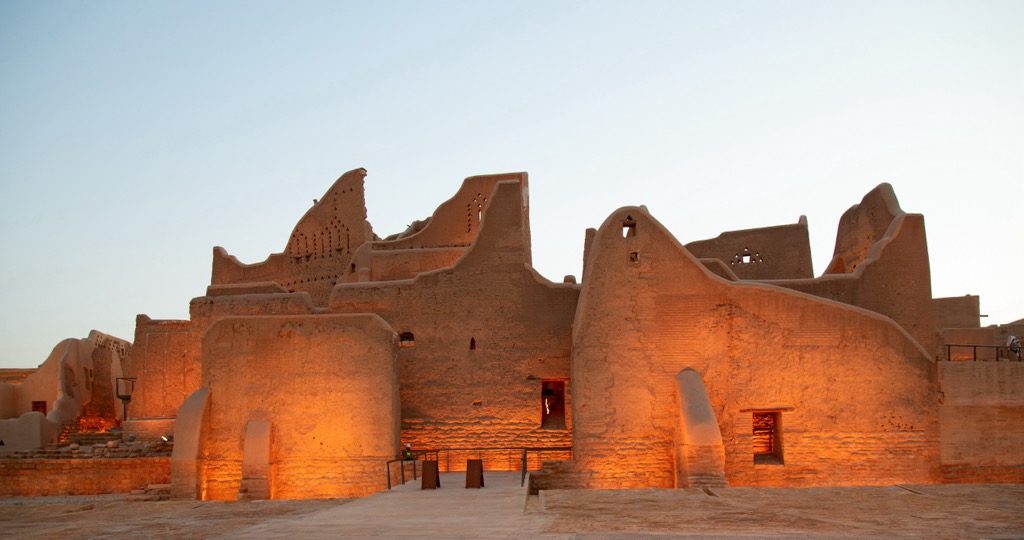
At the start of the 20th century, Ottoman control of Saudi Arabia progressively waned. Ibn Saud, the eventual founder of Saudi Arabia, took back control of Riyadh with the House of Al Saud returning to Nejd.
With support from the Ikhwan militia and a tribal army, Ibn Saud made gains against the Ottomans, seizing control of Al-Hasa in 1913.
During World War I, an Arab revolt supported by the British, who were fighting the Ottomans, united Arab forces. The Ottoman's defeat at the end of World War I ended their suzerainty of Saudi Arabia.
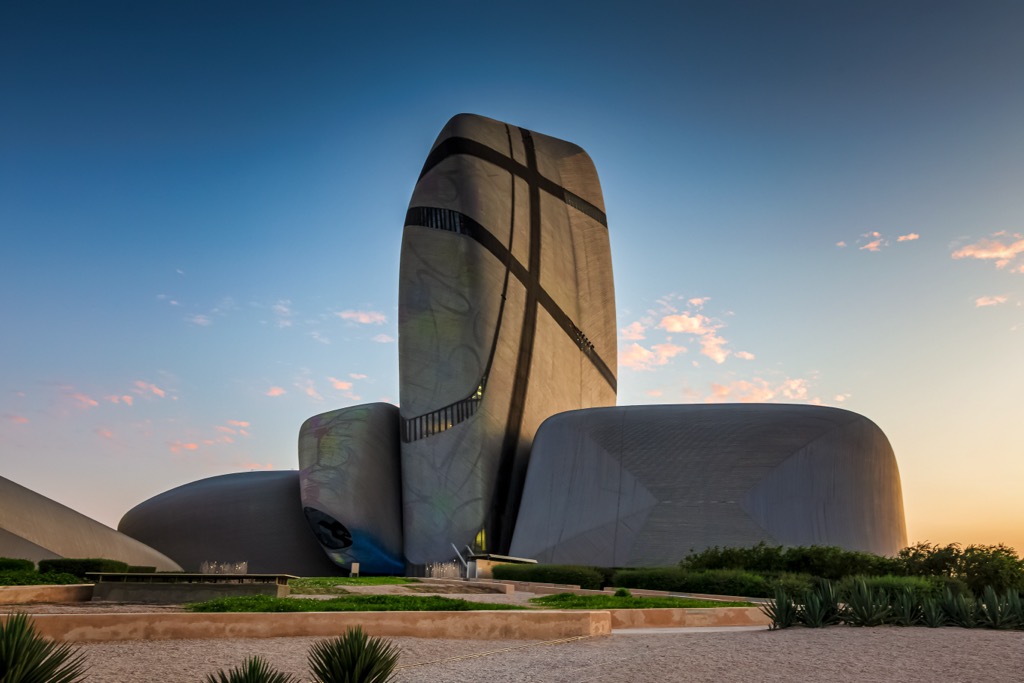
The Kingdom of Saudi Arabia was founded in 1932, uniting the historical regions of Hejaz, Najd, and parts of Al-Ahsa and 'Asir. An absolute monarchy, Saudi Arabia has been ruled by six of Ibn Saud's sons in succession following his death in 1953.
Modern Saudi Arabia is famous for being home to Al-Masjid al-Haram and Al-Masjid an-Nabawī, the holiest Islamic sites. Since discovering vast oil reserves in the 1930s, Saudi Arabia has become one of the world's largest economies.
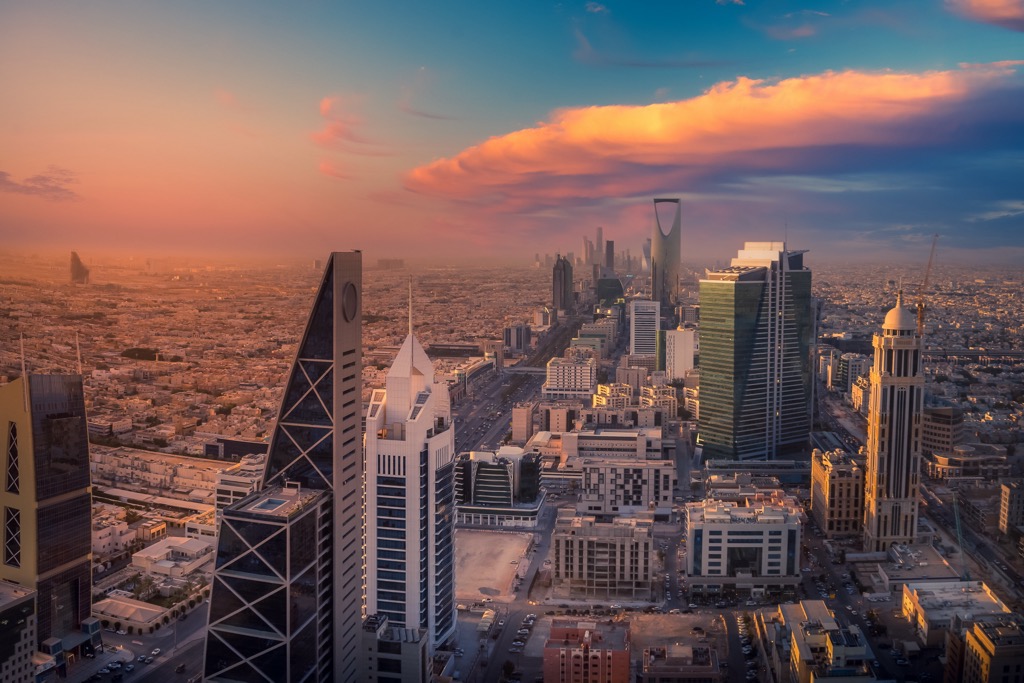
The Saudi Vision 2030, led by crown prince Mohammed bin Salman, aims to diversify the nation’s economy away from oil exports.
As part of this diversification, the government has loosened restrictions on tourism and some religious guidelines. However, the Crown Prince has come under heavy fire from Western governments for his oppressive regime and poor human rights record. The CIA concluded that the Crown Prince ordered the execution of Washington Post journalist and Saudi dissident Jamal Khashoggi.
The Saudis have recently come under additional scrutiny from independent human rights organizations for allegedly using military force against migrants entering the country from Africa. Some investigations point to dozens of migrants being killed by rockets and machine gun fire daily. The government denies violence against migrants and involvement in the Khashoggi killing.
Some Western countries advise against all but essential travel to Saudi Arabia. For example, the U.S. has a Level 3: Reconsider Travel advisory due to the risk of terrorist attacks and missile strikes on civilian infrastructure. Due to the ongoing Yemeni Civil War, you should avoid traveling close to the Saudi-Yemen border.
In addition to office government warnings, before you venture to Saudi Arabia, it is imperative to consider the nature of this society. It is unlike any remotely Westernized tourist destination you have ever been to. Many things you are used to in Western countries are punishable by death.
Let’s quickly take a peak at the long list of crimes in Saudi Arabia. Most importantly, let’s start with crimes that may result in the death penalty. In addition to obvious things like murder, the list includes:
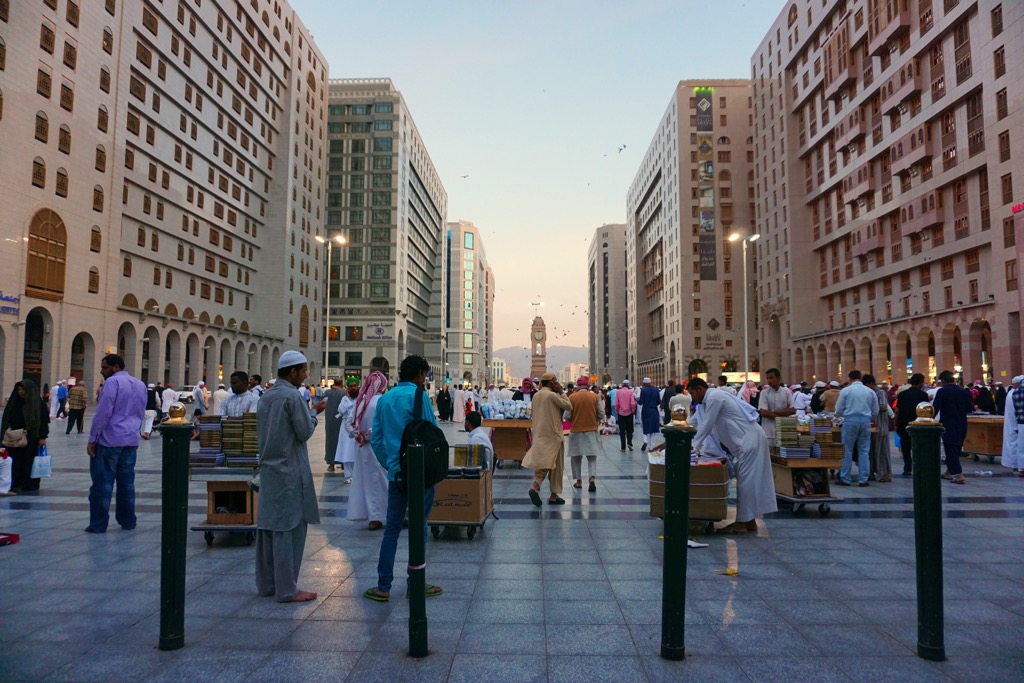
The last two are purposely vague and potentially wide-reaching, so watch out. Here are a few other illegal things in Saudi Arabia:
This is merely a neutral discussion the particularities of Saudi society rather than a critique. Simply put, you must be aware that If you break Saudi law, even without knowing, the punishment may be severe. Read up on all the laws before you go.
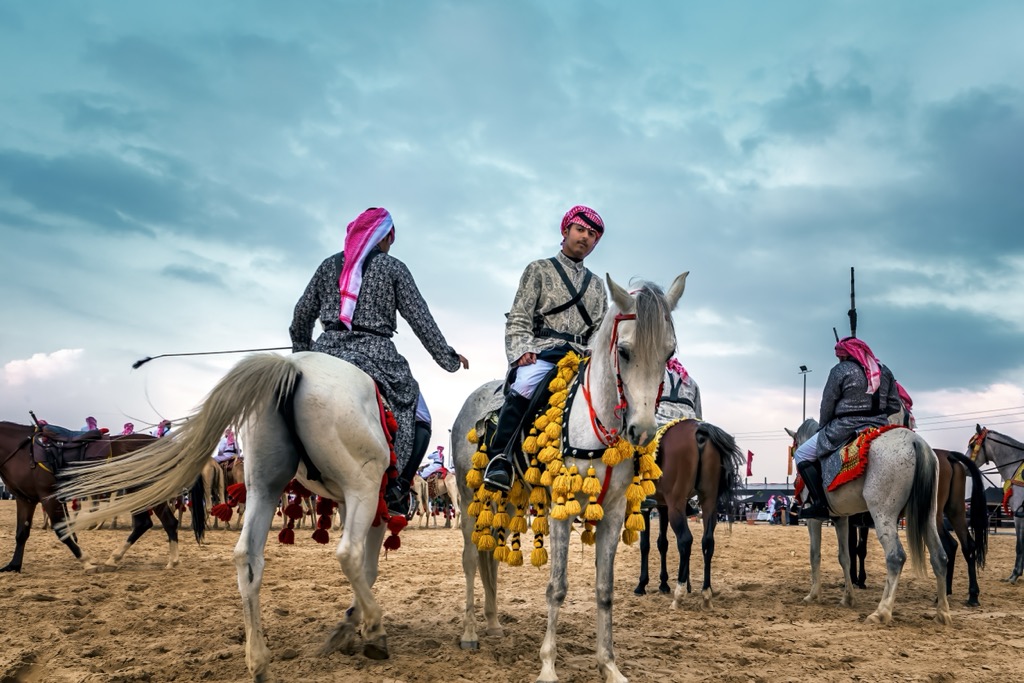
To fit in, not draw attention to yourself, and not offend Saudi society, both males and females should wear clothes covering nearly all of their skin. The laws have recently changed, and you won’t go to jail if you walk outside without a headscarf. However, you will draw stares that may make you uncomfortable, especially in the cities.
Saudi Arabia is attracting more outdoor enthusiasts with its seemingly endless deserts and sublime, rugged mountains.
One of the hottest temperatures ever recorded was in Saudi Arabia, so you should come prepared to face the heat while hiking. Bring plenty of water, appropriate clothing, and check weather forecasts regularly.
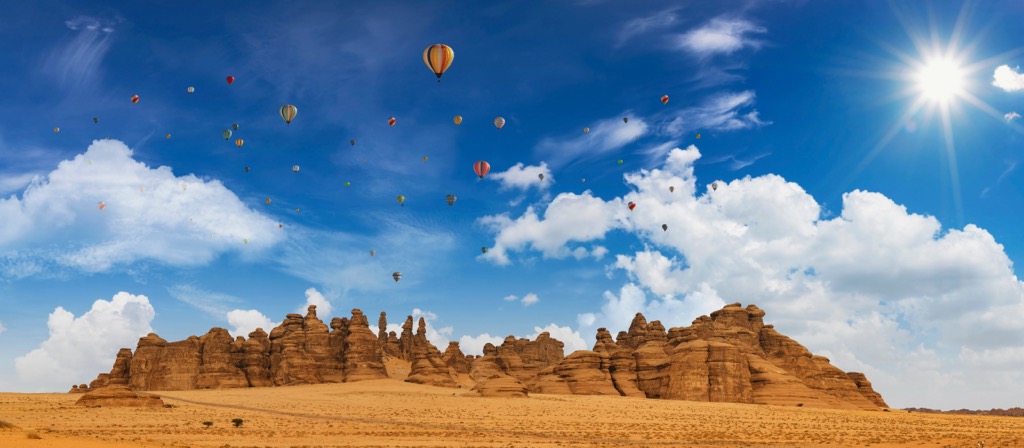
Hiking areas in Saudi Arabia can be remote, so inform others of your itinerary, bring a handheld GPS, and consider hiring a guide if you're inexperienced or unfamiliar with the area.
Jabal Sawda is the principal peak of the Al Soudah Mountains and the highest summit in Saudi Arabia. There's debate about its exact height and whether it is, in fact, higher than some surrounding summits. It forms a part of the 1,737 sq mi (4,500 sq km) Aseer National Park near Abha in 'Asir.
The Al Soudah Mountains are popular with hikers as it has some of the finest established trails in the country. The Saudi Public Investment Fund (PIF) is investing heavily in Al Soudah, and there are currently campsites, a cable car, and organized outdoor activities in the area.

You can hike Jabal Sawda along a there-and-back trail near the Rijal Alma'a. The trail is difficult to find initially and is located just off a winding road to the west of the mountain.
The trail follows the ridgeline of the Al Soudah, with the occasional arrows on stones acting as signposts. Along the way, you'll be treated to stunning views of the Rijal Alma'a valleys. This moderately difficult out-and-back trail is approximately 13.5 km (8.4 mi) long.
Jabal al-Nour (642 m / 2,106 ft) is among Mecca's most popular attractions. It's of immense religious significance to Muslims, as it's where Muhammad received the first revelation of the Quran within the Cave of Hira.
The mountain is unusual, with a steep, humped summit that juts out from the massif below. Jabal al-Nour is less than 5 km (3 mi) northeast of central Mecca, providing some of the city's best panoramas, with the Masjid al-Haram visible.
Due to its religious significance, Jabal Al-Nour is one of the busiest mountains to climb in Saudi Arabia. The most popular route up Jabal Al-Nour is on the Ghar Hira Trail to the southeast. It's a rocky but simple climb, although foot traffic will likely slow your progress. The hike is approximately 1.1 km (0.7 mi) long.
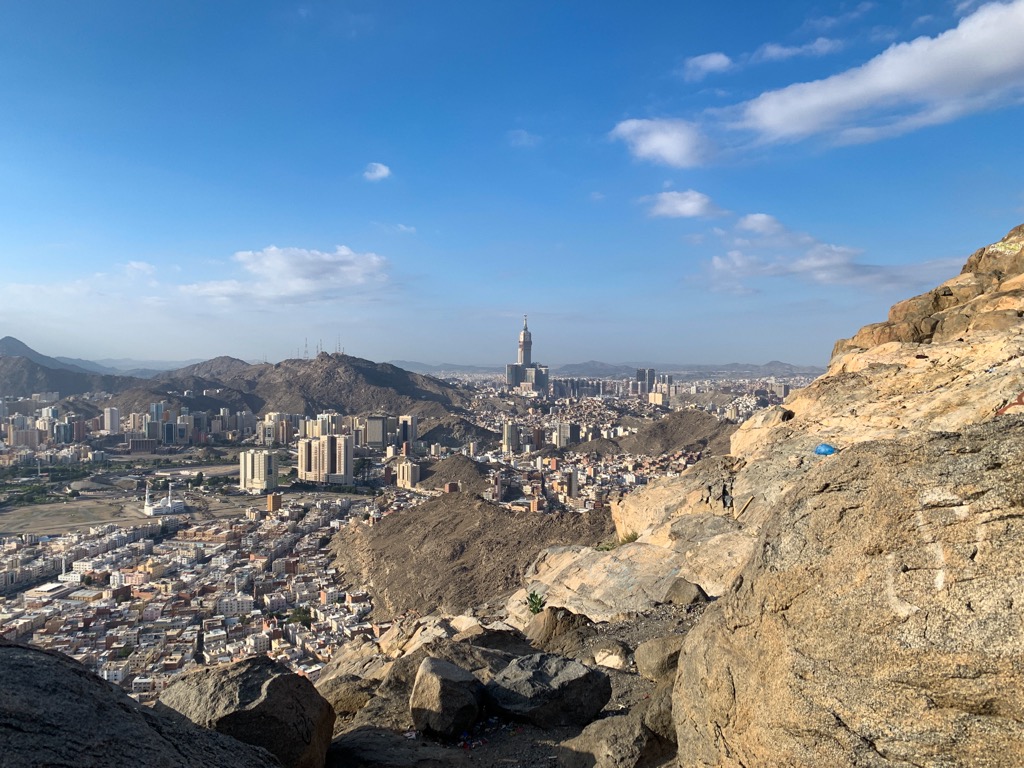
Jabal Abyad (2,093 m/6,867 ft), or the "White Mountain," is one of Saudi Arabia's most striking geographical features. It's the tallest volcano in Saudi Arabia, topped with an almost perfectly round crater measuring over 1 km (0.6 mi) in diameter.
From the right angle, Jabal Abyad looks like a snow-covered peak rather than a volcano. Jabal Abyad is isolated, lying off-road around 135 km (84 mi) northeast of Medina, but it's well worth visiting.
Its remote location also means it's not a popular tourist destination despite its natural beauty. The surrounding Ḥarrat Khaybar lava field is remarkable and unique from anywhere else in Saudi Arabia.
The hike up Jabal Abyad is short but potentially dangerous and involves scrambling up rocky scree slopes. A guide is recommended due to the mountain's lack of resources and difficulty. The walk is approximately 4 km (2.5 mi) in length.
Located 6 km (3.7) northeast of central Medina, Jabal Uhud is a mountain of historical significance. It was the site of the Battle of Uhud in 625 CE between polytheist Meccans and Muslims led by the Islamic prophet Muhammad during the Muslim-Quraysh War.

Locals and tourists often visit Jabal Uhud but less frequently climb it. The mountain is steep but poses no real difficulties for hikers. The summit provides stunning panoramas of Medina's skyline, with the Al Masjid an Nabawi visible.
If you're looking for a long walk, you can hike Jabal Uhud from the Masjid an Nabawi, following dirt off-road tracks once you leave Medina. The hike is approximately 25 km (14 mi) long.
Jabal Fihrayn, also known as the Edge of the World, is a dizzying 300 m (984 ft) high limestone cliff and one of Saudi Arabia's most famous natural tourist attractions. It forms a part of the Jabal Tuwaiq (840 m / 2,756 ft) escarpment, roughly 65 km (41 mi) northwest of Riyadh.
Standing over the sheer precipice, you'll be treated to breathtaking views of the surrounding desert and mountains. Visit Jabal Fihrayn in the fall or winter for the best weather and clearest views. Camping is popular in the nearby Acacia Valley due to the area's unpolluted night skies.
The best route to Jabal Fihrayn is from the main car park. The roads surrounding Jabal Fihrayn are rugged, so you'll need an off-road vehicle. The walk to Jabal Fihrayn is approximately 9 km (5.5 mi) long.
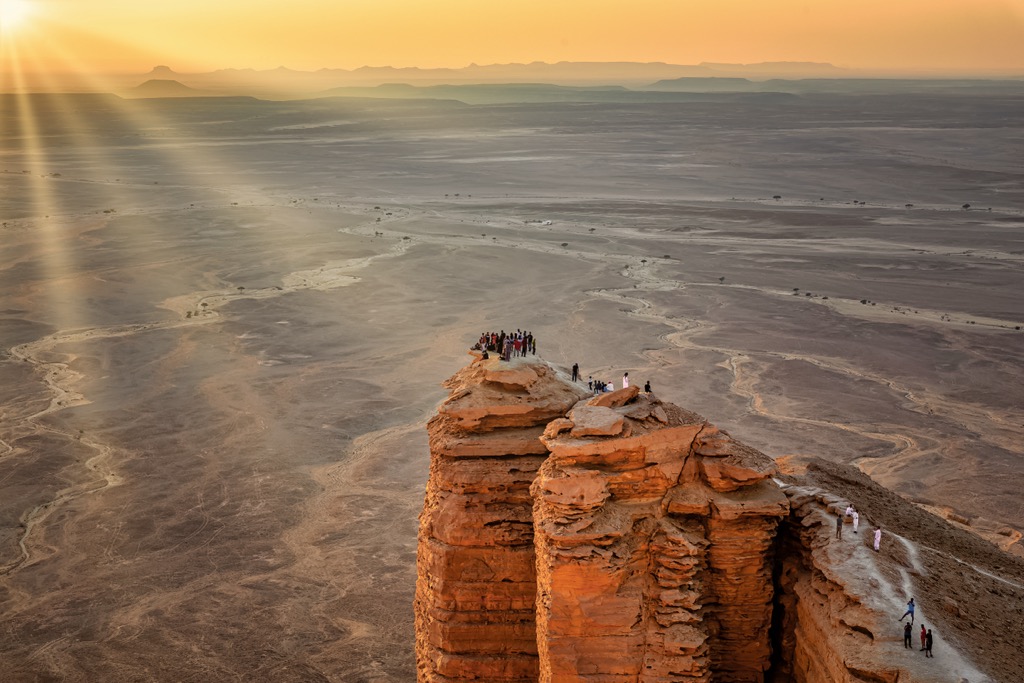
The Al-Wa'bah Crater is a 250 m (820 ft) deep, 2 km (1.25 mi) wide volcanic crater. It's located on the edge of the Ḥarrat Kishb basalt plateau roughly 210 km (130 mi) northeast of Mecca.
The Al Wa'bah Crater is one of the natural wonders of Saudi Arabia, with its immense size and white sodium phosphate floor. Scientists once thought a meteor created the crater, but it's actually the result of volcanic activity.
Due to its remote location and lack of phone service, Al Wa'bah isn't hugely popular with tourists. But recent infrastructure improvements, including a mosque and picnic area, have made Al Wa'bah Crater a hiking destination off the beaten path.
Hikers can descend to the bottom of the crater. The crater's sides are slippery, so wear good hiking boots. You can pick up the trail from the car park to the crater's southwest. This out-and-back trail is approximately 3 km (1.8 mi) long.

The Kara Heritage Trail is a historic hiking route located between Mecca and Taif that weaves between the mountains and valleys outside Al Hada.
The Kara Heritage Trail is well-defined but not well-signposted. It's an easy hike that offers some great views of Jabal Al Hada (2,000 m / 6,600 ft). Due to its popularity, you're likely to encounter other hikers on the path. This out-and-back trail is approximately 6 km (3.7 mi) long.
Saudi Arabia's largest cities are among the most culturally significant settlements in the Middle East. With holy Islamic sites, year-round sunshine, and six UNESCO World Heritage sites, Saudi Arabia has recently seen an uptick in international tourism.

Riyadh is Saudi Arabia's capital and largest city, located near the heart of the country in the Riyadh Province. It's famed for being Saudi Arabia's economic center and is home to the world's largest financial district, the King Abdullah Financial District.
Riyadh features attractions for all ages, like Al Nakheel Mall, Riyadh Zoo, and King Abdullah Park. One of the largest mosques in the world, Al Rajhi Mosque, is located in the al-Jazirah neighborhood of Riyadh.
The second-largest airport in the world, King Khalid International Airport, is roughly 35 km (22 mi) north of Riyadh.
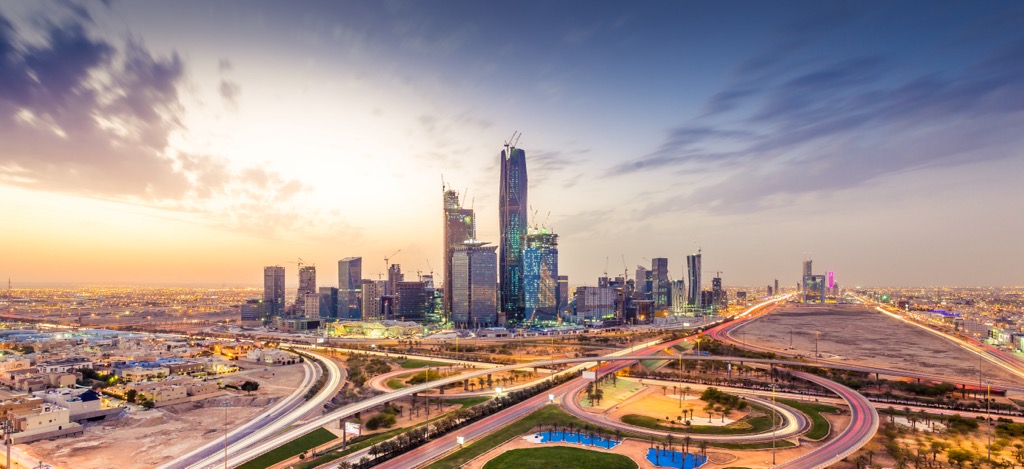
The port city of Jeddah is Saudi Arabia's second city and the largest settlement in Mecca Province. A commercial hub, Jeddah is one of Saudi Arabia's most multicultural cities with a large expat community.
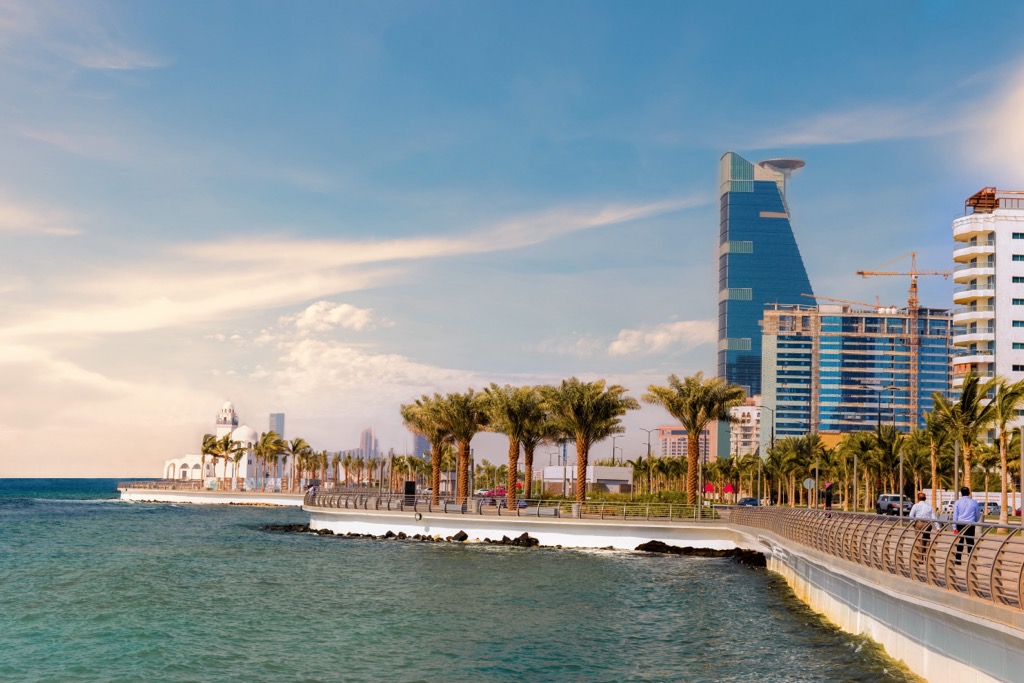
The city has many attractions, including the Mall of Arabia, Fakieh Aquarium, and Al Shallal Recreational Park. Jeddah is less than 65 km (40 mi) west of Mecca, the holiest city in Islam.
Saudi Arabia's busiest international airport, King Abdulaziz International Airport, is less than 24 km (15 mi) north of downtown Jeddah.
Mecca is the capital of Mecca Province and Islam's most sacred city. With a population of around 2 million, Mecca is Saudi Arabia's third-largest city. Over 1.5 million Muslims annually flock to Mecca's Al-Masjid Al-Haram Mosque and the Kaaba as part of the Hajj Islamic pilgrimage.
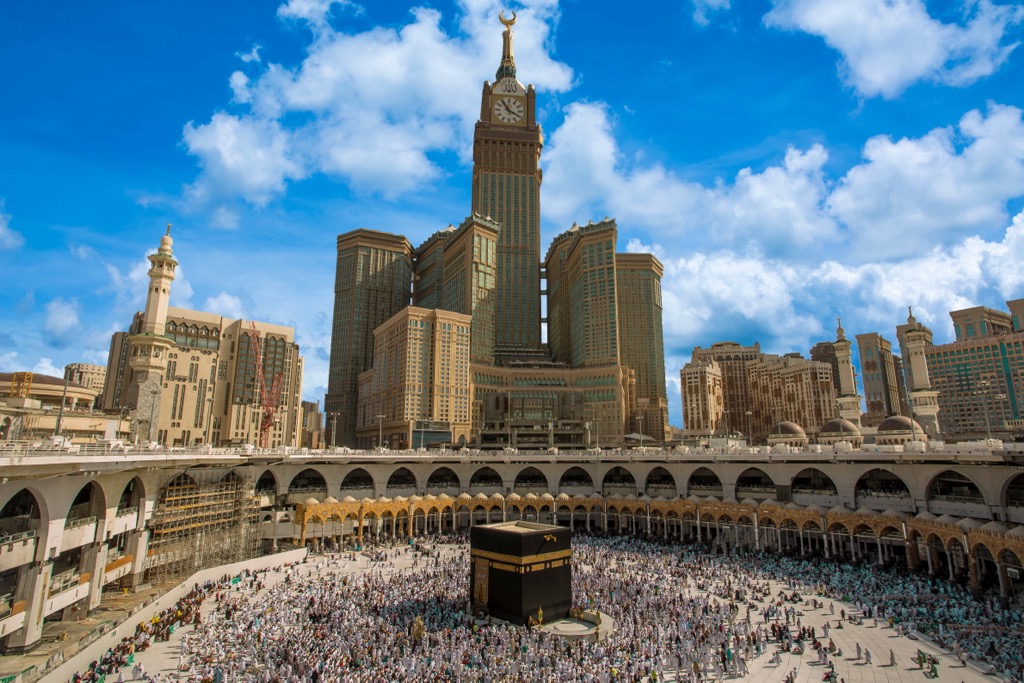
Mecca also contains some holy and historical sites with hiking options, including Jabal Al-Nour, Jabal ‘Arafāt (349 m / 1,145 ft), and Jabal Thawr (756 m / 2,480 ft). Other popular attractions in Mecca include Cenomi Makkah Mall and Masjid Al-Taneem.
The nearest international airport to Mecca is King Abdulaziz International Airport in Jeddah.
Medina, or Al-Madinah al-Munawwarah, is the second-holiest city in Islam after Mecca. It's home to the Al-Masjid al-Nabawi, built by the Islamic prophet Muhammad and serving as his burial site. As a result, it's a pilgrimage destination for Muslims globally.
As well as the Al-Masjid al-Nabawi, Medina features two other revered mosques, the Quba Mosque and Masjid al-Qiblatayn. The Quba Mosque is the world's oldest mosque and was constructed by Muhammad. Jabal Uhud is just north of Medina.
Prince Mohammad bin Abdulaziz International Airport, Saudi Arabia's fourth-busiest airport, is located approximately 20 km (12.5 mi) northeast of downtown Medina.
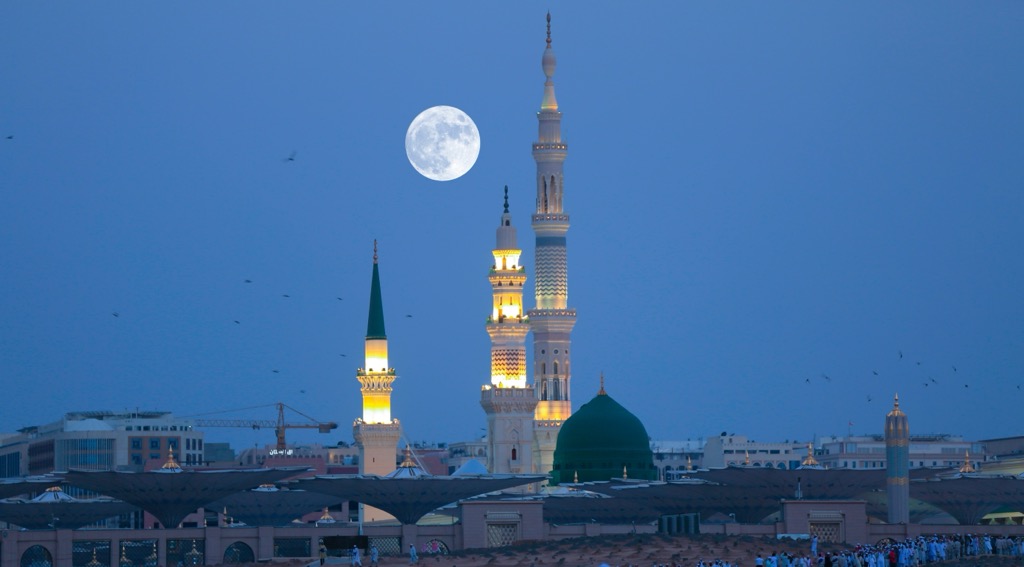
Dammam is the capital of the Eastern Province and Saudi Arabia's largest city outside the Hejaz region. It sits on the Persian Gulf, less than 75 km (46 mi) from Bahrain.
Dammam is a quiet city that comes to life at night, with locals and tourists gathering to shop at the Al Othaim Mall and Marina Mall. Dammam also has scenic outdoor attractions like Murjan Island, Modon Lake Park, and Dammam Corniche.
King Fahd International Airport, the largest airport in the world by area, is 35 km (21 mi) west of downtown Dammam.
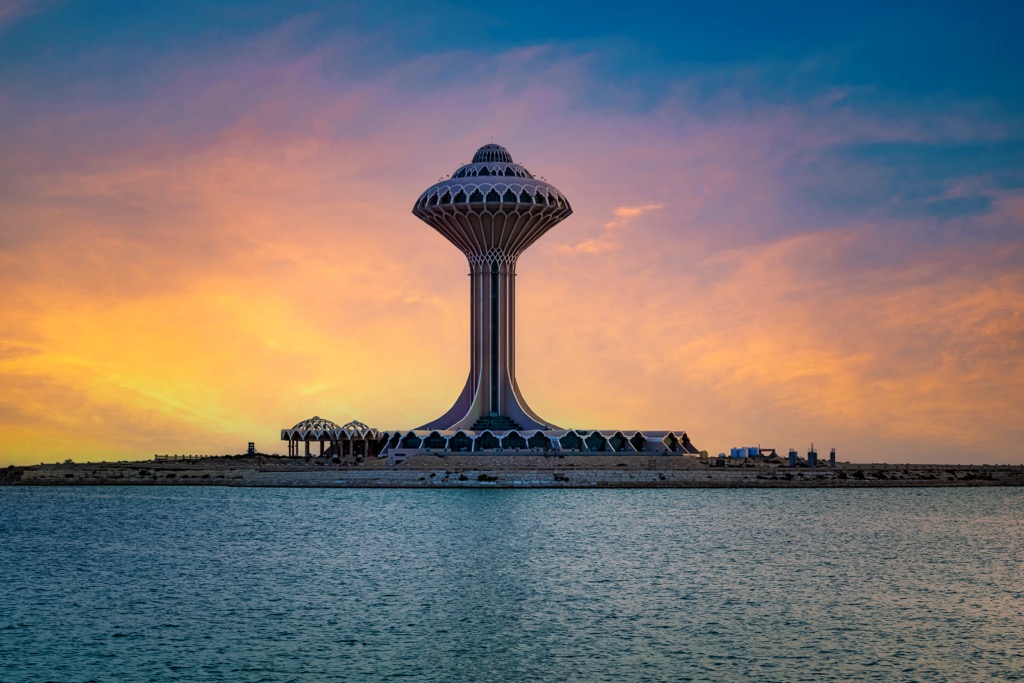
Explore Saudi Arabia with the PeakVisor 3D Map and identify its summits.








